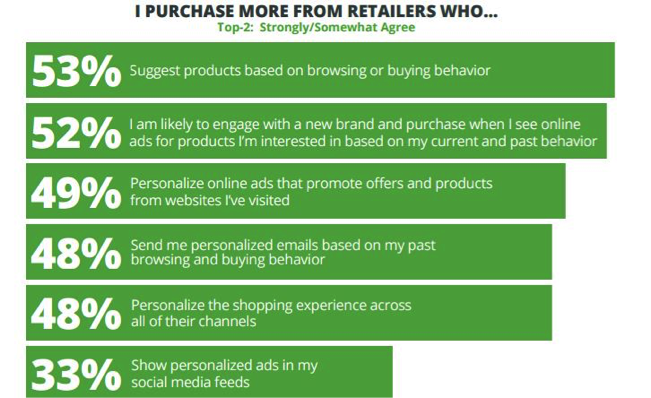IDC HPC Forum
9/6/16 – 9/8/16

A state of perpetual connectivity combined with proliferating digital channels and the explosion of social media has fundamentally transformed how customers interact with brands. Today’s consumers are increasingly seeking retail experiences that are not only fast, convenient, and completely on their terms, but ones that are also highly tailored to their exact needs and preferences.
These trends present a challenge for retailers, since a constant connection to technology has produced a group of smarter, savvier, and more informed consumers than ever before. They appreciate a good deal. They are increasingly willing to switch brands to capitalize on better pricing. Above all, they understand that the shopping experience no longer needs to be “one size fits all.”
Today’s connected customers leave behind valuable data breadcrumbs as they research, evaluate, execute, and review their purchases. Shrewd retailers can leverage this information to enhance the shopping experience, shorten the buying journey, and serve tailored offers and product recommendations to specific customers.
Personalization has become an integral component of boosting loyalty, guiding customers toward relevant content, and let’s face it – helping them spend a little more. It can have such an effect on purchasing behavior that a recent survey conducted by MyBuys found that 53% of consumers purchased more from retailers who suggested products based on previous browsing or buying behavior.

Source: MyBuys 7th Annual Consumer Personalization Survey, 2015
Every retailer has the opportunity to leverage Big Data insights to personalize the shopping experience in a variety of ways:
Data-driven personalization simply isn’t possible without a Big Data strategy which effectively collects, manages, and analyzes customer data from multiple structured and unstructured sources. New approaches to computing and storage are required to ensure retailers can capitalize on real-time insight to deliver relevant and personalized offers at exactly the right moment. Emerging scalable storage solutions based on object storage are becoming the backbone of any Big Data architecture, allowing retailers to store vast amounts of customer information safely and cost-effectively over the long-term.
A surging volume of customer data and the availability of best-in-class Big Data tools are providing retailers an unprecedented opportunity to gain a deeper understanding of who their customers are and how to best meet their needs. Big Data is rapidly changing the landscape of retail, and brands must capitalize on these insights in order to monetize retail data and deliver the seamless and personalized shopping experiences their customers have come to expect.